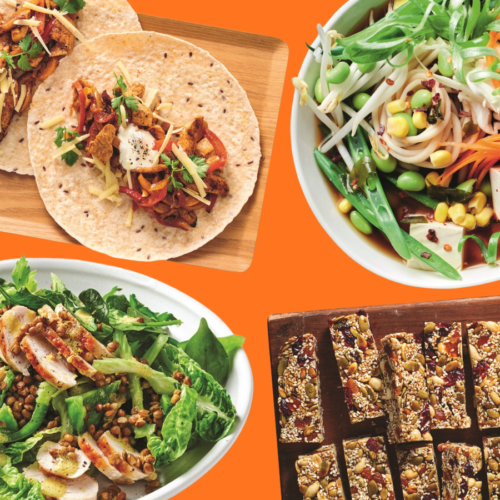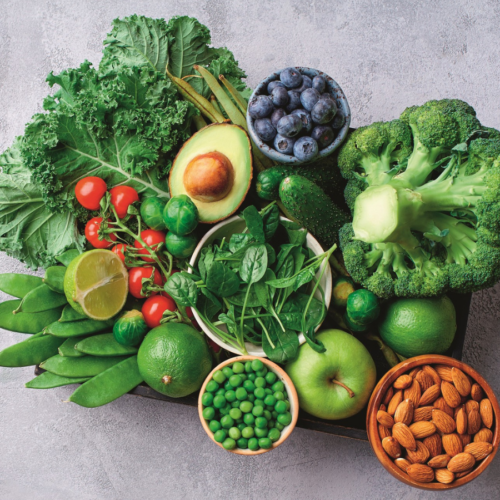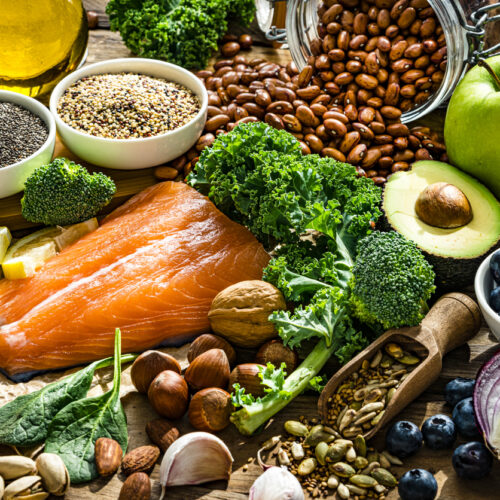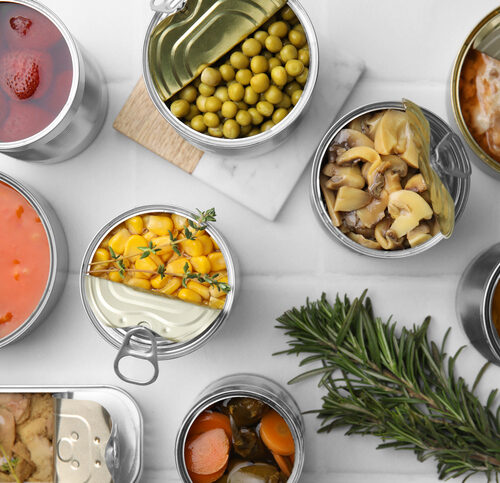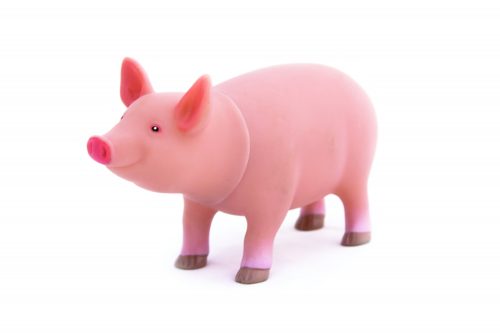
It sounds like a great idea – but how do we know what the labelling means on pork, and what to look for?
What is ‘free-range’?
The definitions of ‘free range’ vary. True free-range farms produce a tiny proportion of the New Zealand-grown 700,000 beasts slaughtered annually. But the RNZSPCA audits and accredits Kiwi farms which produce pigs either free-range (outdoors) or ‘farmed free’, which means bred in paddocks (where there are usually mini-chalets), then moved into shaded, straw-sided eco-barns. Both of these methods are considered humane.
“Not everybody can be free-range – that’s impossible,” says RNZSPCA national chief executive Robyn Kippenberger. “Eco-barns are a good and humane alternative.” In some parts of the country, shelter from sun and cold is vital, she says.
The society has more farmers on their way to its tick of approval for humane farming methods.
Harmony Foods currently has New Zealand’s only farm from which all the pork is RNZSPCA free-range certified, and the RNZSPCA is moving four other suppliers towards this. Procurement and sales manager David Potter says he wants any free-range labelled pork to mean what it says – from pigs that roamed free – and to be certified.
Freedom Farms-branded pork is certified by the RNZSPCA as farmed free (not free-range).
Freedom Farms co-founder Gregor Fyfe says most consumers understand free-range to mean high welfare. He says Freedom Farms also monitors features such as antibiotics, abattoir audits, waste-product feeding and sustainable farming systems.
How do I know if my pork has been in stalls?
The ‘grower pigs’ for pork ribs, bacon and ham are never caged. Various sheds including straw-based, curtained and enclosed sheds are used. So the growing pork we eat isn’t tightly confined.
New Zealand Pork says only half the nation’s 230 pig farms use stalls or crates, at particular times and for short periods, such as when sows are first pregnant and around birthing time. Stall use is being reduced over time and will be reduced to a maximum of four weeks by 2015.
Farmers must follow an independently-developed animal welfare code which includes shelter, temperature, space, feed, husbandry and health practices.
There’s also a new system of annual checks of pigs’ health and welfare underway by industry veterinarians, certified by independent auditors.
The RNZSPCA is calling for an end to stalls and crates, and wants changes to allow all pigs their natural, family-group behaviour.
How do I find humanely-farmed pork?
Look for the RNZSPCA tick of approval for humanely-farmed pork using the two different farming systems, free-range and farmed-free (barns).
For more information, go to www.rnzspca.org.nz.
NZ or imported?
- New Zealand pig farmers compete with low-price pork imported from overseas. The RNZSPCA says imports are likely to be from intensively farmed pigs.
- In August, NZ imported $9.8 million worth of pork at an average $4.68/kg, mostly frozen and mainly from Canada, US and Australia. Imports represent 46% of total pork in the year to August.
- Labels don’t have to state country of origin or animal welfare standards used. If it doesn’t say 100% NZ Pork, it could be imported.
- Look for the NZ Pork 100% NZ label for product that’s solely NZ-grown to local welfare standards.
www.healthyfood.com


